Tips for Hygiene
When it comes to protecting your feet during the winter months, the first step is to have proper and consistent foot hygiene. Protecting the skin of your feet goes a long way to protecting the health of your feet. It is far better to prevent infection or injury by taking proper care of your feet than it is to pay for treatment later on.
1) Moisturize Your Feet Daily
Because the air is so dry in the winter, it is more important than at any other point in the year to moisturize your feet every day. Keeping your feet moisturized and softened by massaging in a high-quality lotion or cream should be part of your skincare routine in the morning and at night. The goal is to prevent any cracks or breakage in the skin of your feet. If you are a particularly active person, it’s easy to cause damage to the skin of your feet if it is dry and prone to cracking. By preventing breakage, you will also be preventing any possible infections from entering your body through your feet.
2) Keep Your Feet Clean
Speaking of preventing infections, keeping your feet washed and in a clean environment is an important part of keeping your feet healthy. You should be washing your feet every day with soap and water to prevent the buildup of bacteria or the possibility of fungus. Fungi tend to grow around the nails and in between the toes, so make sure you scrub those piggies well! You should also be putting on a clean pair of socks every day after you wash your feet. This barrier will protect your feet from picking up any harmful bacteria.
3) Keep Your Feet Dry
As we mentioned above, one of the three biggest threats that your feet face during the winter is a damp environment. Moist environments, like the inside of a snow-soaked boot, are prime places for the development of fungus and bacteria. The heat from your feet will cause them to grow, so the longer you expose your feet to wet shoes and socks, the higher the chance that you’ll end up with a foot infection or fungus. So, it is important that you remove wet shoes and socks as soon as possible and replace them with dry alternatives.
4) Limit Hot Water Exposure
One of the most blissful parts of the winter season is taking long, hot, steamy showers after a long day. But while these showers may feel incredible to your body, they are actually very detrimental to your feet. Prolonged exposure to hot water, especially in the winter, will quickly and harshly dry out the skin of your feet. Even if you moisturize regularly, your feet can still be at risk if you expose them to hot water for extended periods of time. So, it’s best to limit your bliss to around 15 minutes and use a heavy-duty moisturizer on your feet immediately afterward.
Tips for Footwear
The second step to properly protecting your feet in the winter is to be intentional about your footwear. Your shoes and boots are the only things protecting your feet from the harsh elements, so it’s important that you wear footwear that is comfortable and appropriate for the conditions.
1) Wear Shoes that are Warm
One of the other greatest threats to your feet in the winter is exposure to cold temperatures. Damage like frostbite can take effect in a surprisingly short amount of time, so even seemingly limited exposure to cold can harm your feet. So, when you are shopping for your winter footwear, make sure that they are made specifically for the temperatures you expect to encounter. Lightweight winter boots are not fit to be worn in a Minnesota winter. So be smart and always leave the house in shoes warm enough for the weather.
2) Wear Shoes that are Dry
As we mentioned above, damp environments are an ideal place for bacteria and fungi to develop. So, it’s very important that you invest in waterproof footwear for the winter. If you live in an area that experiences a lot of snow, or even cold rain, you should have at least several pairs of waterproof winter shoes and boots. Waterproof footwear will protect your feet from developing infections and other skin problems, and they will decrease the risk of frostbite as a result of exposure to a cold and wet environment.
3) Wear Shoes that are Comfortable
Another great way to protect your feet during the winter is to wear shoes that are well-fitting and comfortable. The first day of your ski trip is not a good time to break in your brand-new snow boots. Wearing ill-fitting shoes for long periods of time is a great way to cause injuries like sprained ankles or conditions like plantar fasciitis. Uncomfortable shoes are also prone to causing blisters on the feet. Blisters are irritating and painful, but they can also lead to infections if they are not properly cared for.
4) Wear Shoes that are Appropriate
And finally, always make sure that you are wearing shoes that are appropriate for the occasion, the temperature, and the activity. If you will be walking a good distance in snow, then make sure you are wearing comfortable and waterproof snow boots that are graded for temperatures below freezing. In general, the best way that you can care for your feet is to simply be intentional. Think about how they will be affected by your daily activities, and care for them accordingly.
References:
https://www.apma.org/winterfootcare
https://customfootclinic.com/winter-foot-care-tips/#:~:text=Winter%20Foot%20Care%20Tips%201%201.%20Keep%20Your,5%205.%20Take%20Care%20of%20Your%20Skin%20
https://kansasfootclinic.com/winter-foot-care-tips-you-need-to-know/

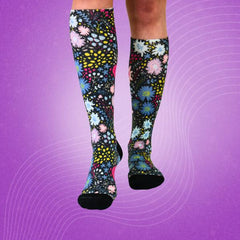
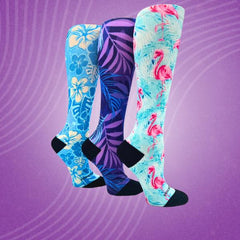
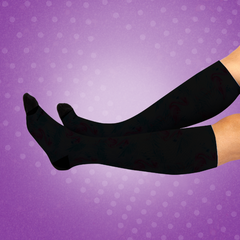

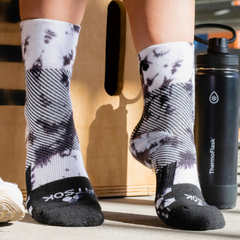
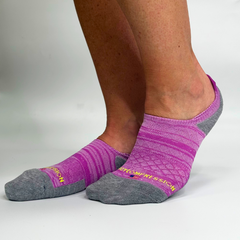




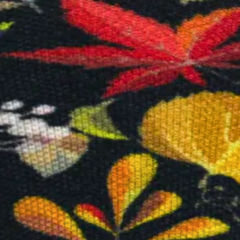




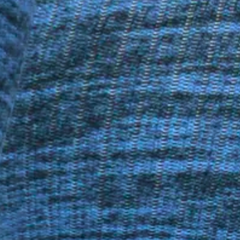
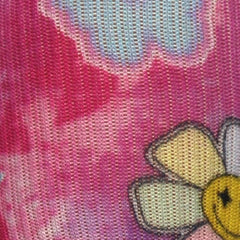

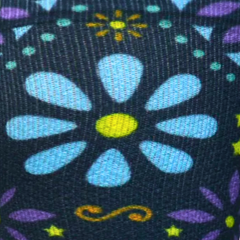
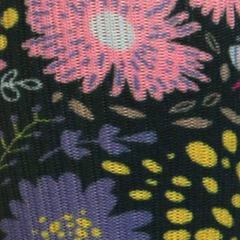
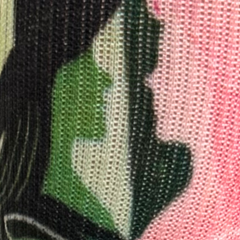

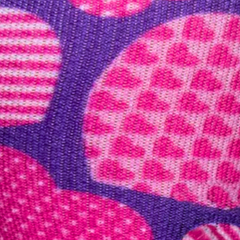

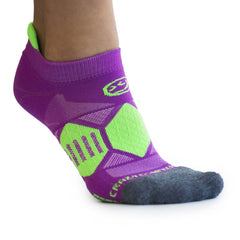

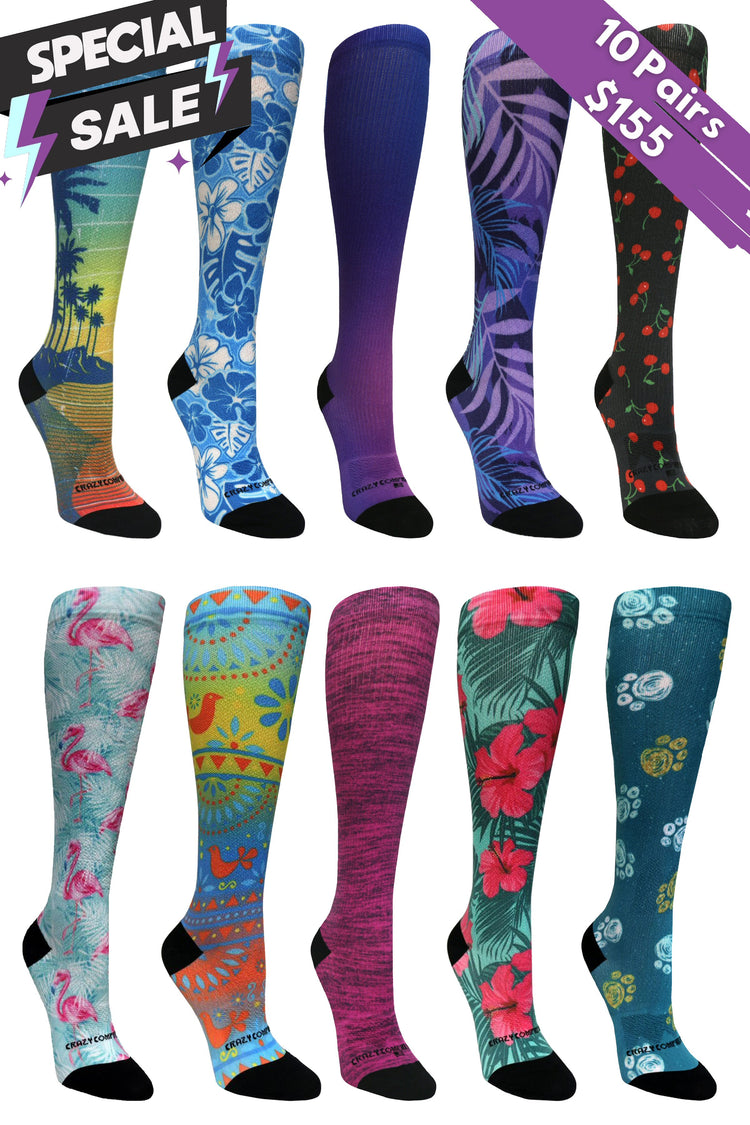





Leave a comment
This site is protected by hCaptcha and the hCaptcha Privacy Policy and Terms of Service apply.